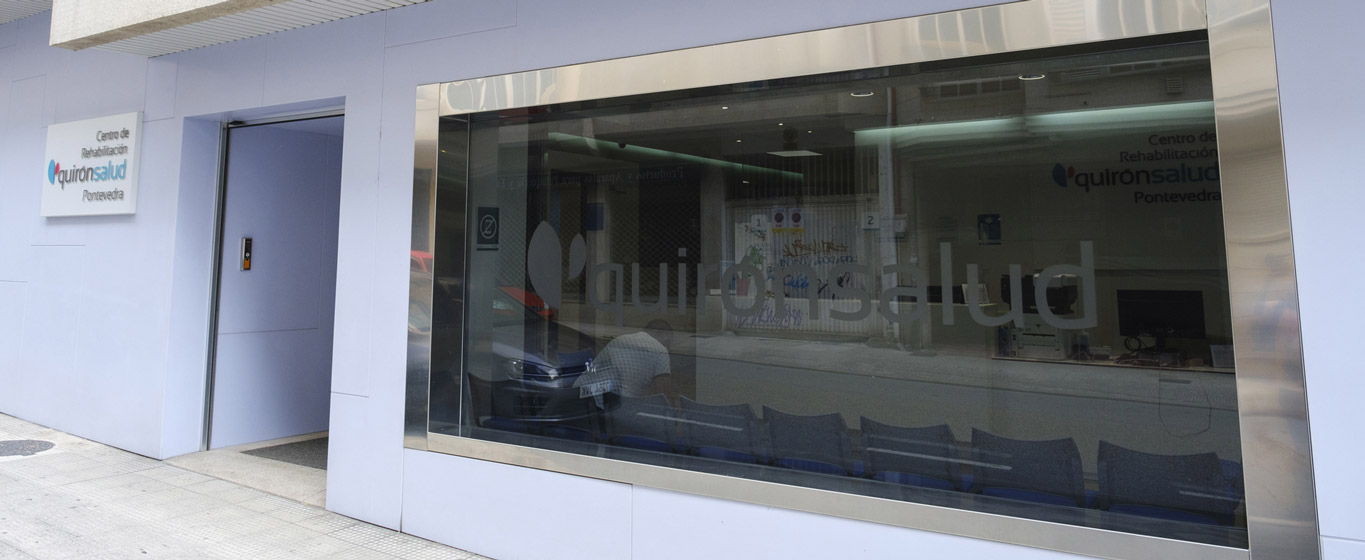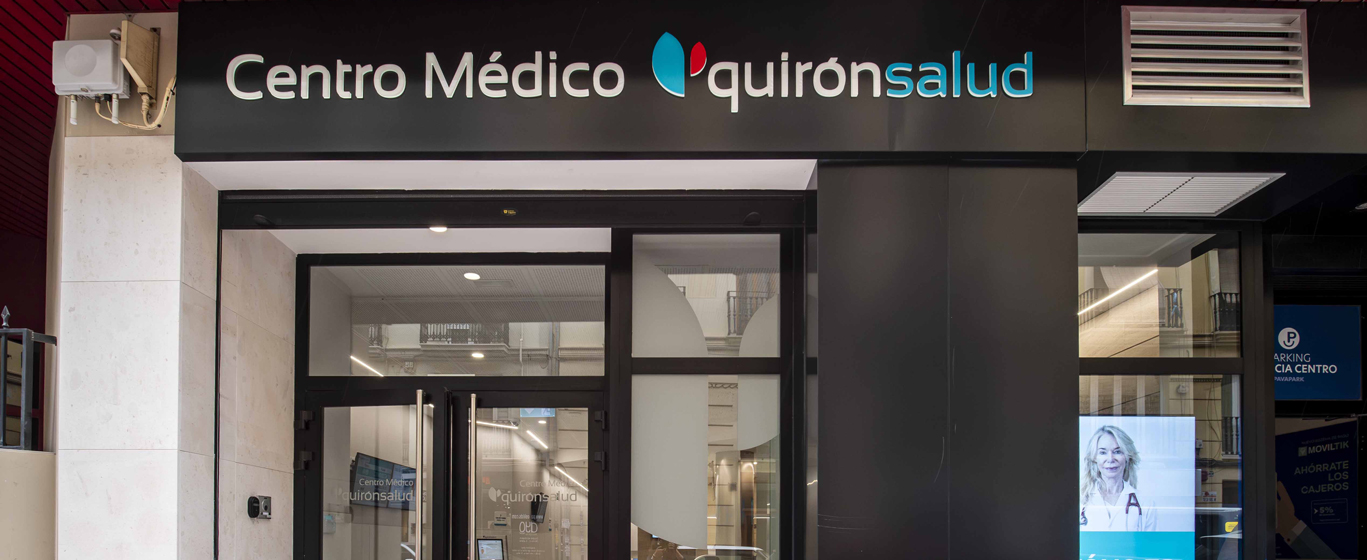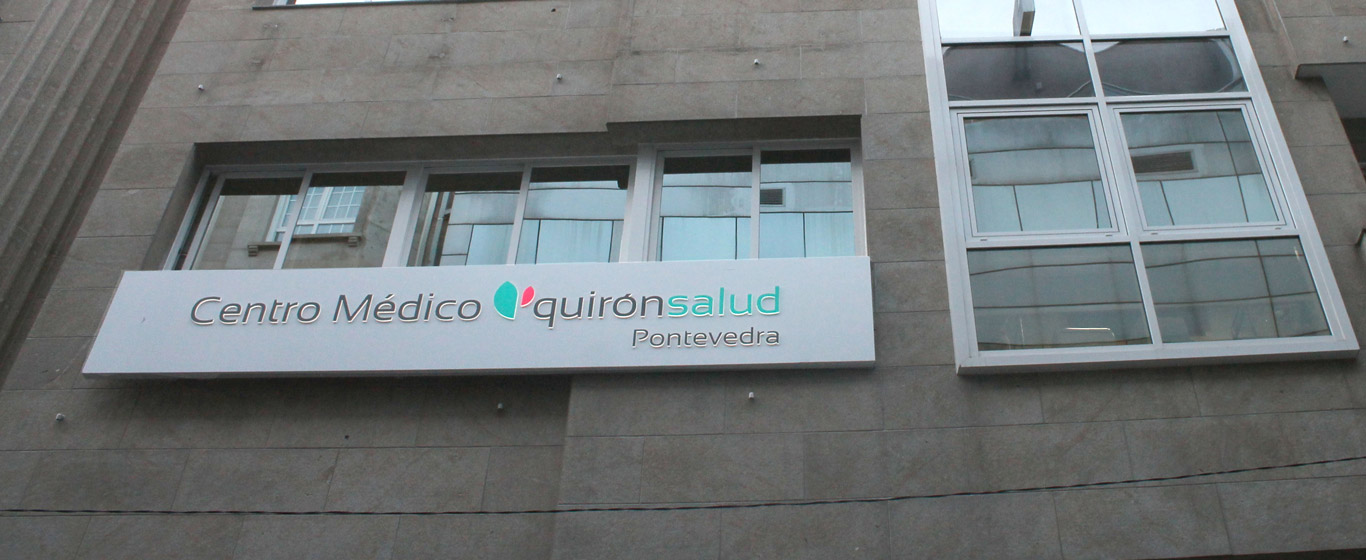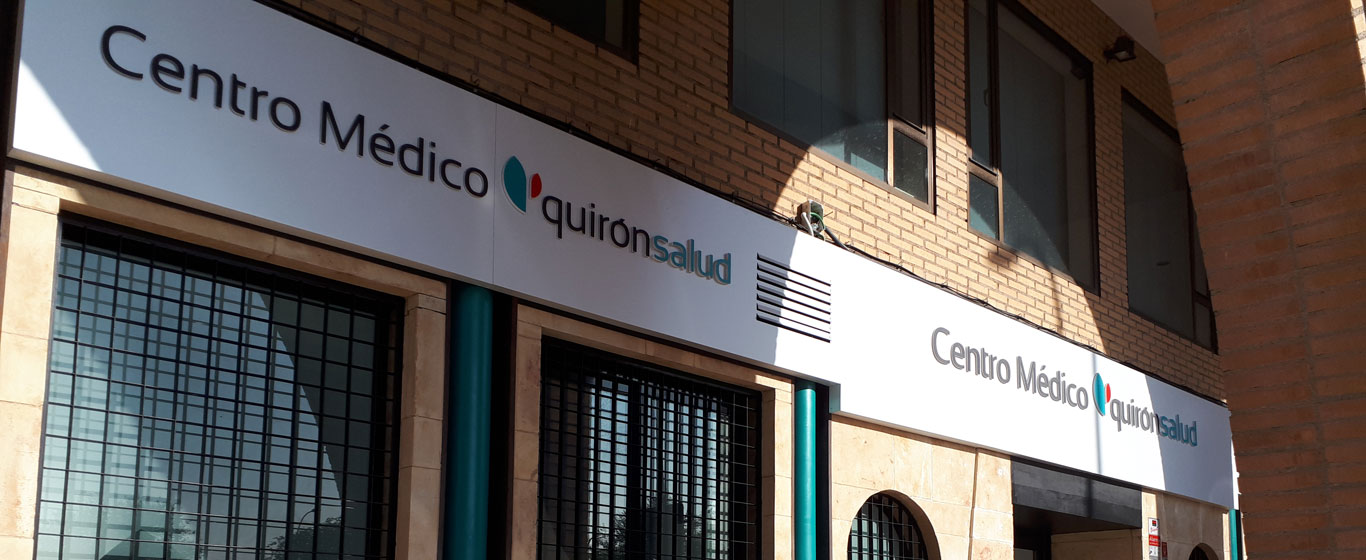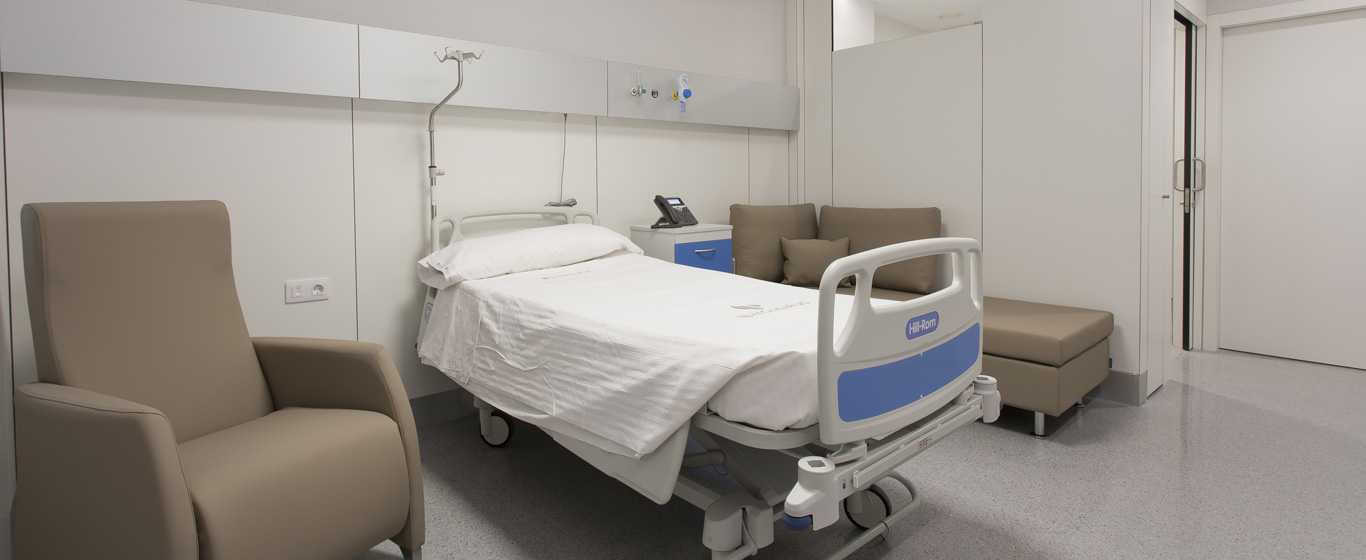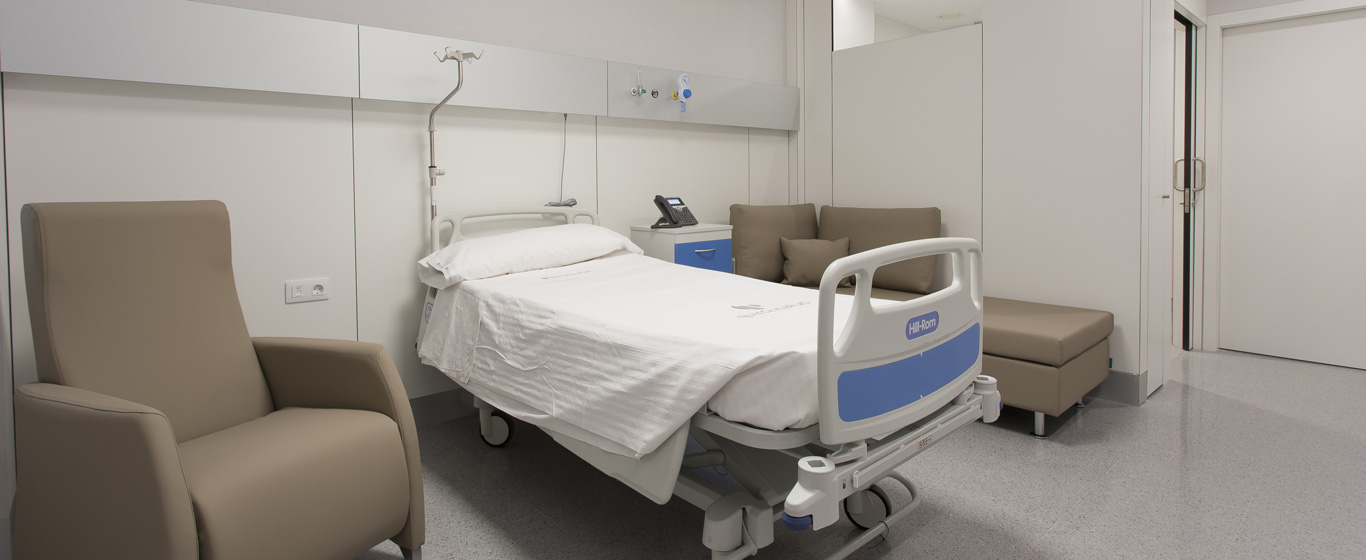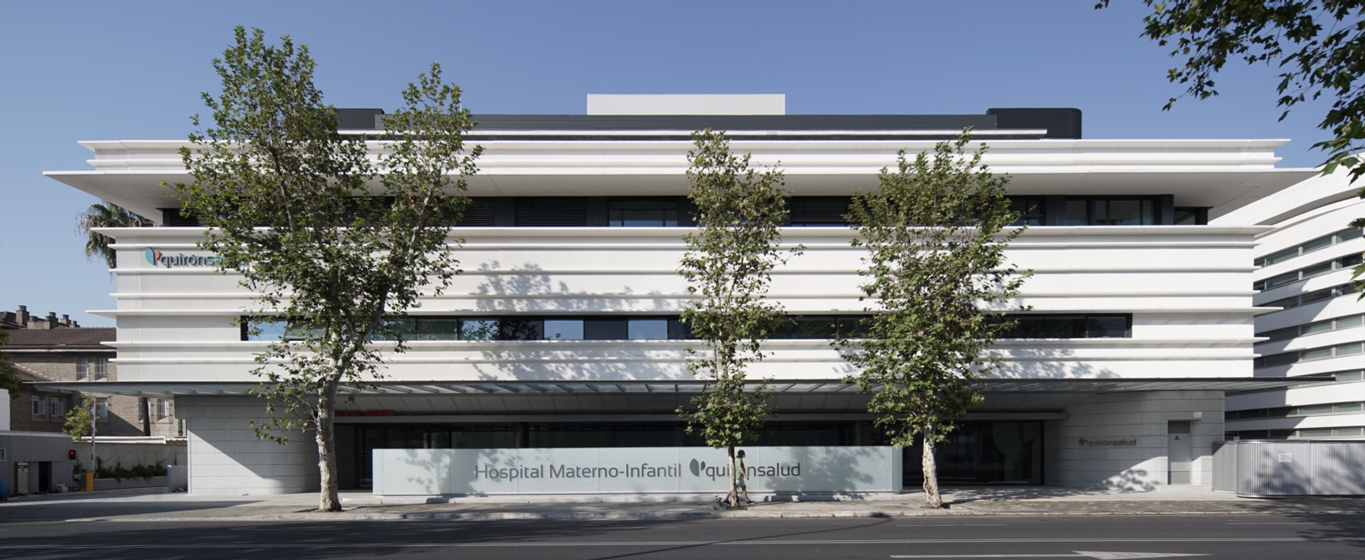Cleft Lip
What is cleft lip? Information on its different types, causes, and treatments.
Symptoms and Causes
Cleft lip, also known as cheiloschisis, is a congenital malformation of the lip structure that is present from birth. As a result, a fusion defect occurs in the lip, leading to a cleft.
The fissure may be located on one side (unilateral cleft lip) or on both sides (bilateral cleft lip). Depending on its characteristics, it is classified into two types:
- Incomplete cleft lip: The cleft does not reach the nose.
- Complete cleft lip: The fissure extends to the nose.
In most cases, cleft lip occurs in isolation, often alongside cleft palate, where the palate does not fully close. This condition can be corrected with surgery. Less frequently, it may be associated with more severe syndromes such as Down syndrome.
Symptoms
The identifying symptom of cleft lip is the complete or partial separation of the upper lip on one or both sides.
Causes
Cleft lip occurs when the tissue of the lip does not fuse properly during pregnancy. This gestational failure may be due to various reasons:
- Genetics: Studies show that it is a hereditary malformation caused by a gene inherited from either parent.
- Environmental factors: Poor maternal health, the use of epilepsy medications, alcohol consumption, or smoking during pregnancy may contribute to the development of this malformation.
- Other diseases: Some genetic syndromes (such as Down syndrome, Hallermann-Streiff syndrome, or Crouzon syndrome) present cleft lip as one of their symptoms.
Risk Factors
The likelihood of being born with a cleft lip increases in the following cases:
- Family history
- If the mother, during pregnancy:
- Takes certain medications to treat conditions such as epilepsy or HIV.
- Consumes alcohol or tobacco.
- Has a folic acid deficiency.
- Has diabetes.
- Is obese.
Complications
Babies with cleft lip may experience complications such as:
- Feeding difficulties, as their mouth anatomy makes breastfeeding or bottle-feeding challenging.
- Dental issues or an increased risk of cavities.
- Speech difficulties.
- A high risk of ear infections.
- Hearing loss.
- Social integration difficulties and social problems.
- Behavioral or emotional disorders caused by physical appearance.
Prevention
In general, cleft lip cannot be prevented. However, it is recommended to avoid toxic substances during pregnancy and take vitamin supplements.
Parents who have had a child with cleft lip may seek genetic counseling before planning their next pregnancy.
Which Doctor Treats Cleft Lip?
The treatment of cleft lip involves various specialists, as it is essential to maintain the lip’s functionality while also ensuring a normative appearance. Therefore, the following professionals are typically involved:
- Pediatricians
- Oral and maxillofacial surgeons
- Otolaryngologists
- Experts in plastic, aesthetic, and reconstructive surgery
Diagnosis
Cleft lip is diagnosed upon visual examination of the newborn. The physical characteristics are sufficient for diagnosis. In some cases, facial structural abnormalities can be detected in ultrasound scans from the 13th week of pregnancy.
Treatment
Cleft lip is corrected through surgery, usually performed between three and six months of age. In this procedure, the tissues are joined to close the cleft, considering both the appearance and functionality of the lip.
Additional surgeries may be required later in life to improve appearance once the child has grown. Psychological therapy may also be needed to address the mental health challenges associated with having different physical features.






